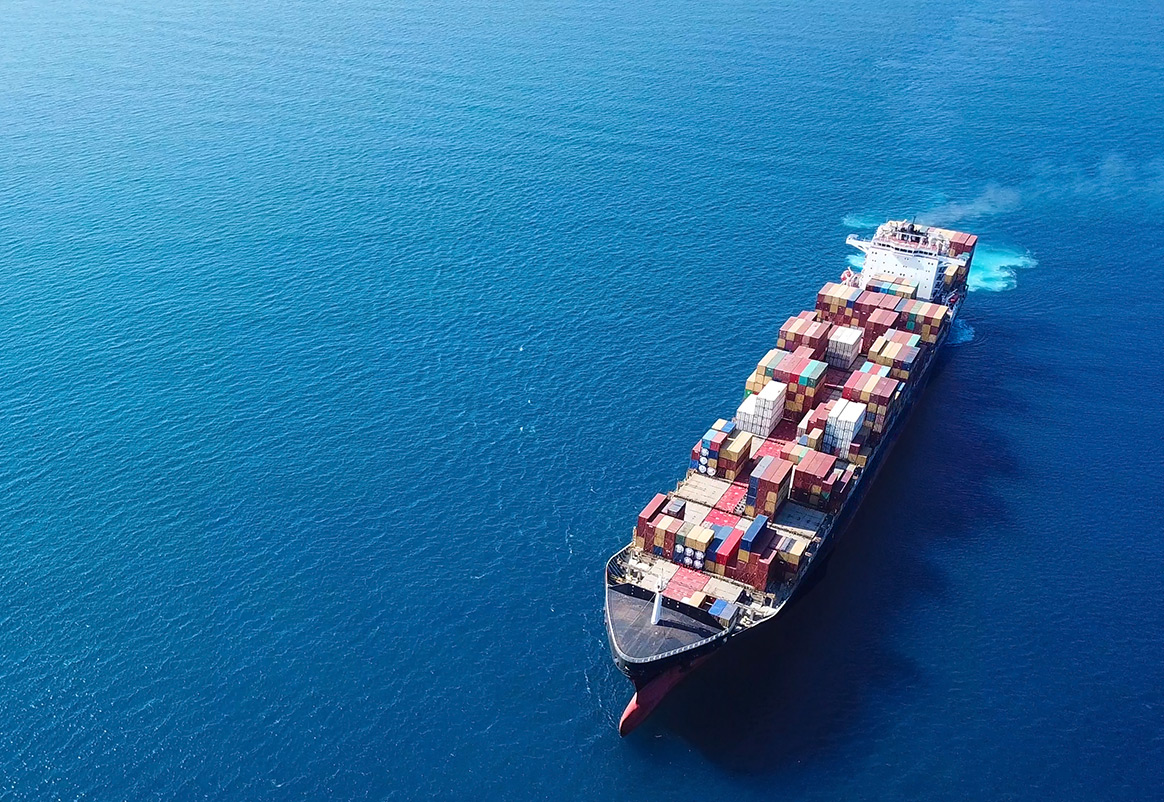In the global push towards a more sustainable future, the shipping industry faces a significant challenge: reducing its carbon footprint while maintaining its crucial role in international trade. One innovative solution gaining traction is the concept of “green shipping corridors.” Let’s explore what these corridors are and why they are becoming an essential part of the maritime decarbonization strategy.
What are Green Shipping Corridors?
Green shipping corridors are collaborative routes established between two ports, designed to promote and facilitate the use of low or zero-carbon fuels in maritime transport. These corridors serve as testing grounds for various decarbonization solutions and support pioneering green initiatives in the shipping industry.
The Origins: The Clydebank Declaration
The concept of green shipping corridors gained significant momentum at the COP26 climate conference in 2021 with the signing of the Clydebank Declaration. This international agreement commits signatories to establish green shipping corridors, leveraging collaboration between various stakeholders in the maritime industry.
Objectives of Green Shipping Corridors
Green shipping corridors aim to achieve three primary objectives:
- Provide bunkering options for vessels using low or zero-carbon fuels
- Facilitate testing of various decarbonization solutions
- Support pioneering green initiatives in the shipping industry
Progress Since COP26
Since the signing of the Clydebank Declaration, the concept has gained significant traction. As of 2023, 21 green shipping corridor initiatives have emerged globally. These projects are at various stages of development and involve different types of routes and commodities.
Stakeholder Collaboration
One of the key strengths of the green shipping corridor concept is its emphasis on collaboration. These initiatives bring together a wide range of stakeholders, including:
- Carriers (shipping companies)
- Ports
- Manufacturers
- Shippers
- Investors
- Energy producers and distributors
By fostering cooperation among these diverse groups, green shipping corridors create a supportive ecosystem for testing and implementing decarbonization solutions.
Challenges and Opportunities
While green shipping corridors offer promising opportunities for maritime decarbonization, they also come with challenges:
- Regional variations: Experiences with green shipping corridors will differ by region, reflecting local resources, infrastructure, and regulations.
- Inclusivity: Ensuring that developing countries, particularly Small Island Developing States (SIDS) and Least Developed Countries (LDCs), can benefit from and participate in these initiatives.
- Scaling up: Transitioning from pilot projects to widespread implementation across global shipping routes.
The Road Ahead
As the shipping industry works towards meeting ambitious decarbonization targets set by the International Maritime Organization (IMO), green shipping corridors will play an increasingly important role. They provide a practical framework for testing and implementing new technologies, alternative fuels, and operational practices that can reduce the carbon footprint of maritime transport.
Moving forward, it will be crucial to ensure that green shipping corridors are developed inclusively, benefiting not just major shipping hubs but also developing countries and smaller ports. By doing so, these initiatives can contribute to a more equitable and sustainable future for global maritime trade.
In conclusion, green shipping corridors represent a promising approach to maritime decarbonization. By fostering collaboration, innovation, and practical implementation of low-carbon solutions, these initiatives are helping to chart a course toward a cleaner, greener future for the shipping industry.
